![]()
Thought this hack on the street was pretty cool – bringing that Mario-gaming world into the bland cityscape. I think if there was a few pixelated turtles I’d probably be skipping over them each time I walk pass…
![]()
Thought this hack on the street was pretty cool – bringing that Mario-gaming world into the bland cityscape. I think if there was a few pixelated turtles I’d probably be skipping over them each time I walk pass…
Apparently a village near Shenzhen, China called Dafen is responsible for 60% of the world’s reproduction oil printings. They operate by reproducing famous paintings at the request of clients, much like a factory, except that instead of factories the production is still done by hand.
REGIONAL collaborated with some of these artists to paint a picture of themselves, using the same technique and styles of the masters they reproduced:
REGIONAL productively collaborated with the otherwise commoditized community in Dafen by asking selected individuals, some for the first time, to imagine themselves in their professional medium. The final works show the technical, creative, and professional facets of the artists identities subsumed by the styles and relationships they maintain with specific famous artists. The hybrid result of original subject with derivative style comments on originality, global cultural production and REGIONAL’s cooperation with emerging enterprise forms that are internationalizing the village.
The product of the collaboration are sets of images (seen below) comprising a digital photo of the artist in his studio, an indicative painting of their usual output and an original self-portrait. While the final works contain both the creative signature of the original masters and the emergent self-consciousness of the Dafen artists, it is equally important to note that they derived great fulfillment from using their talents freely, and were remunerated at a rate commensurate with the unique international nature of the project.
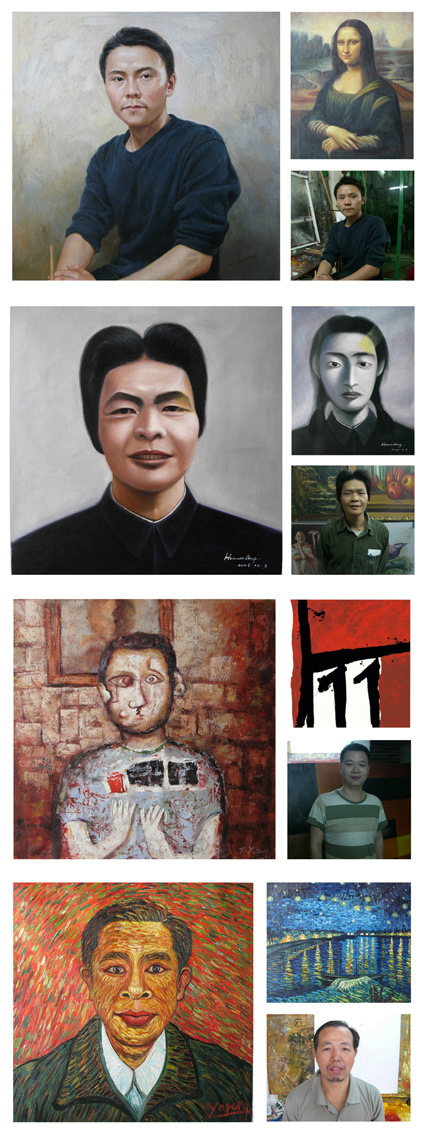
If you think of a reproduction factory, perhaps the analogy that comes to mind is a photocopying machine. Painting in (original), painting out. But as these self-portrait clearly shows, there is an important but subtle difference. The artists mastered the technique to paint in a particular style, with as much skill level (painting technique wise) as Mr. Van Gogh, Renoir or Da Vinci. And it is this that gives them the ability to paint other (original) paintings such as these self portraits.
Which makes me wonder – what if these obviously talented/skilled artist came to to venture on their own? Would they be unable to paint anything that isn’t the exact derivative of the master-style that they’ve adopted? Would it probably be a question of social-connection rather than technical mastery that hinders them from being recognized as an artist in their own right?
[REGIONAL blog with several more examples]
I wonder if this elephant takes freelance work, or if it has a gig on fiverr.
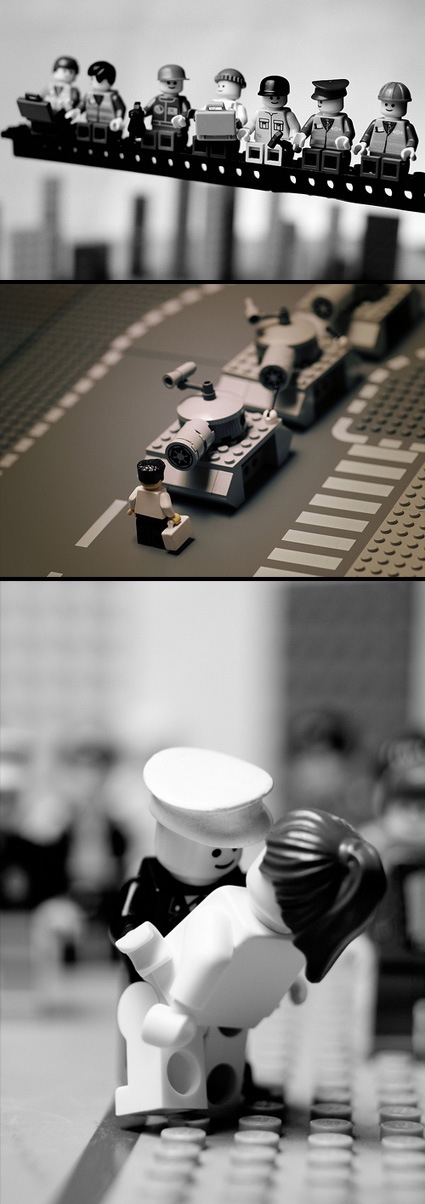
I’m sure you can recognize the context of these photos, even though they’ve been recreated in LEGO sets – some very interesting photography art by Balakov in his Classics in Lego Flickr set!
This simply amazing book by book and graphic designer Marion Bataille floored me – it’s really delightful to watch how those 3D alphabets pop up, morph into the next, etc. – it’s like watching a live magic show:
From the lenticular cover that changes with the angle of your hands, all the way to the Z, ABC3D is as much a work of art as it is a pop-up book. Each of the 26 dimensional letters move and change before your eyes. C turns into D with a snap. M stands at attention. X becomes Y with a flick of the wrist. And then there’s U… Boldly conceived and brilliantly executed with a striking black, red, and white palette, this is a book that readers and art lovers of all ages will treasure for years to come.
You can order it on Amazon here – it’s only $19.95! On my wish list it goes!

The picture on the top may look like some indecipherable Matrix-like message from outer space, but if you look closely enough, they’re actually rather familiar (and harmless!) things – drawings of sheep facing the left side. That big, 10000-sheep artwork is known as ‘The Sheepmarket’.
The Sheepmarket is a really interesting experiment in art and harnessing the power of the masses. Artist Aaron Koblin assembled an army of sheep by asking random strangers to each draw him one for $0.02, through Amazon’s labor distribution mechanism – The Mechanical Turk. Here’s the artist explaining the project:
With the project turning into printed books and exhibitions, I suppose this is proof that leveraged correctly, the sum is indeed more than its parts?
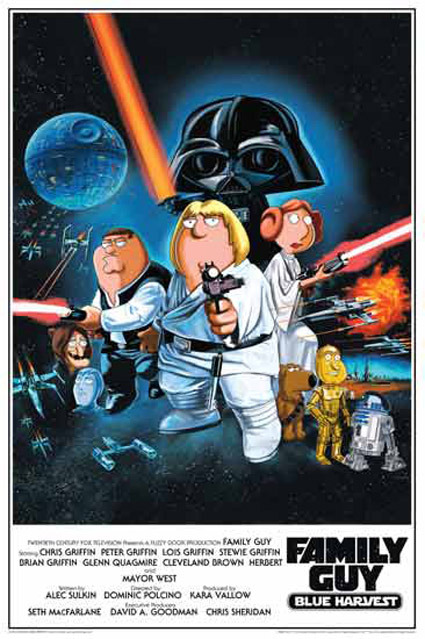
This is a pretty cool spoof poster!
How do you get computer geeks to be interested in fine art? By subverting them with modern geekiness, of course! There’s a Flickr set with some really funny alterations to classic art pieces – some examples are here:


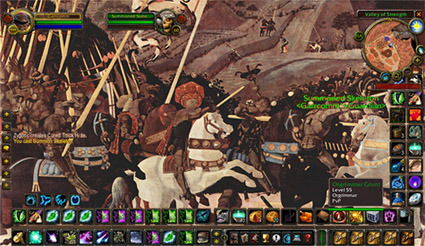

Computer graphics have certainly gone a long way in the last few decades – and what better ways to see it than to compare one of the most difficult elements – water – and see how water has become ever more realistic through the ages in various games. Here’s a collection of screen captures: from the Flight Simulator way back in 1982, to what we’re now taking for granted in games like Crysis.
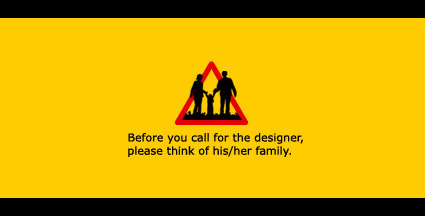
Found a rather cool icon+caption over here (a Chinese design blog), which I have translated into English as above. It was originally intended as an avatar picture for chat software like MSN Messenger. I guess most designers can somewhat relate to this?